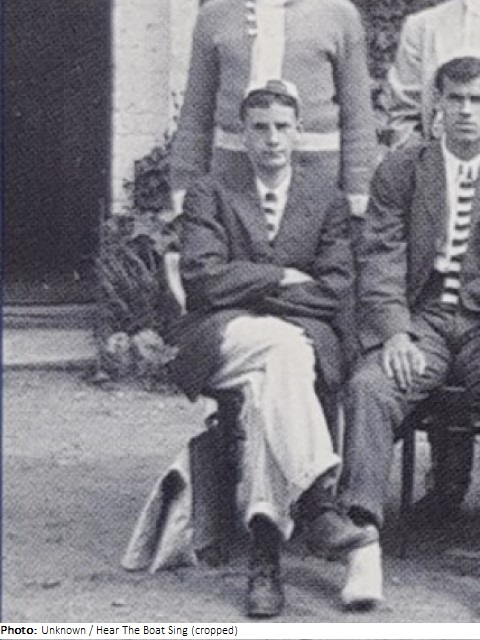With a father and a brother in the prestigious Argonaut Rowing Club of Toronto, it was not surprising that Douglas Kertland became a member of the organization at a young age. He was talented enough as a competitive rower to be chosen to help represent Canada at the 1908 Summer Olympics in the coxed eights event. The Canadians overcame the Norwegians in the opening round, but lost against the eventual gold medal winners, the British, in the semifinals. Only the top two teams advanced to the final, and thus there were no bronze medals distributed for the event. He continued to row competitively until World War I, when he joined up with the 126th Battalion and served overseas. After the war he travelled to England where he received training to become an architect. Upon his return to Canada he worked with John M. Lyle (whose most well-known project is the Royal Alexandra Theatre in Toronto) for some time, but left to establish his own practice in Toronto in 1926. His most famous work is the award-winning Art Deco Automotive Building, now known as the Allstream Centre, which was constructed in 1929 for the Canadian National Exhibition in Toronto. A popular architect, he designed many hospitals and banks in addition to office and residential buildings, particularly during the 1920s and 1930s. He later served as president of the Royal Architectural Institute of Canada.

 Canada
Canada CAN
CAN